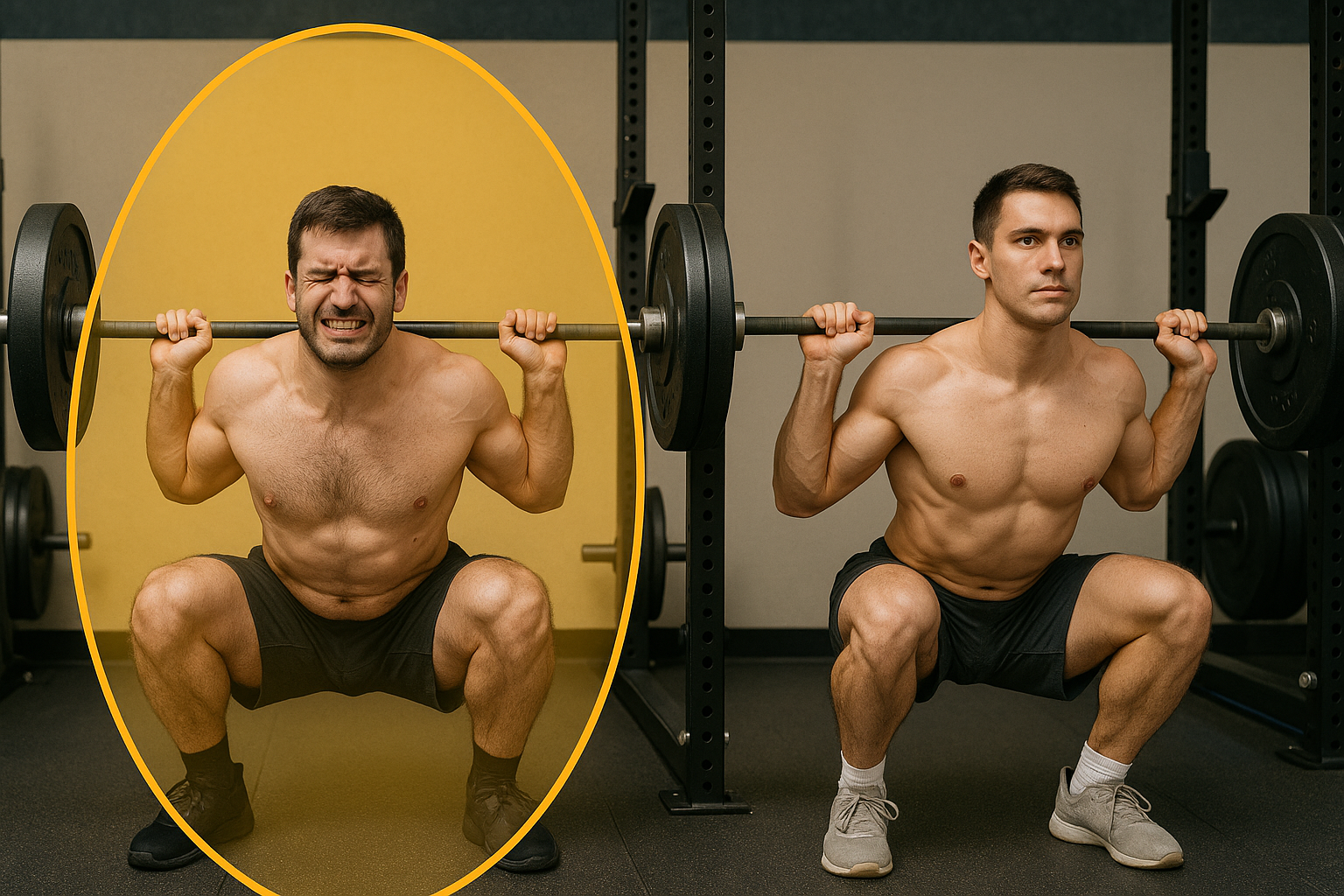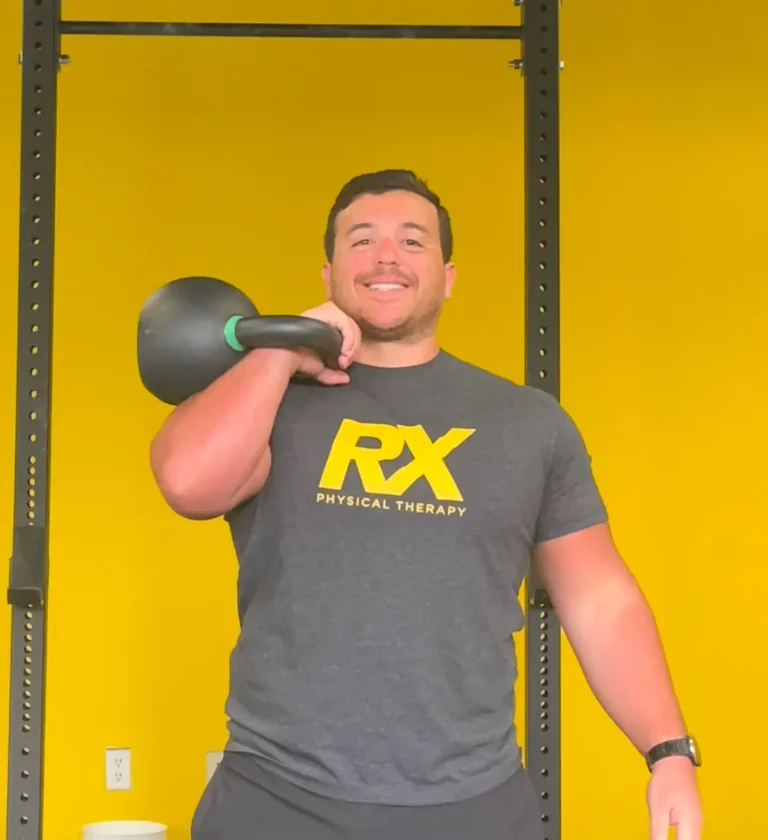If you’re dealing with nagging hip pain every time you squat, you’re not alone. Many lifters experience discomfort in the front or side of the hip during squats—even when their form looks solid. While it’s tempting to blame tightness or assume you need to stretch more, the root cause often goes deeper.
In this post, we’ll break down the most common culprits of hip pain while squatting, how to assess what’s going on, and what you can do to fix it without giving up your favorite lift.
Common Causes of Hip Pain in Lifters
1. Femoroacetabular Impingement (FAI)
FAI occurs when the femoral head and the rim of the acetabulum (hip socket) come into abnormal contact during movement—especially deep hip flexion like squatting. There are two main types:
- Cam impingement (bone growth on the femoral head)
- Pincer impingement (extra bone around the acetabulum)
FAI can cause sharp pinching or catching sensations in the front of the hip. It’s most noticeable at the bottom of a squat or in single-leg loading movements like lunges.
2. Hip Flexor Irritation
If your hip flexors are overactive or irritated, they can feel tight, painful, or weak during squatting movements. This often comes from:
- Overuse or poor recovery
- Excessive anterior pelvic tilt
- Poor core engagement and bracing mechanics
Unlike impingement, hip flexor pain tends to be more diffuse and can present as an ache during or after squats.
3. Poor Bracing and Core Control
Many lifters think about pushing through their legs or keeping their chest up, but neglect to properly brace through their core. This lack of intra-abdominal pressure can lead to:
- Excessive lumbar extension
- Anterior pelvic tilt
- Compensatory movement at the hip
Over time, these faulty mechanics overload the hip joint and surrounding tissues, leading to pain and inefficiency.
Assessment Tools Lifters Can Use
Before you modify your training, it’s helpful to assess the source of your hip pain. Here are a few simple tools you can try:
✅ Thomas Test
Lie on your back on a table with one leg pulled to your chest and the other hanging off the edge. If the hanging thigh doesn’t stay parallel to the ground or drifts outward, you may have hip flexor tightness or anterior pelvic tilt.
✅ FADIR Test (Flexion, Adduction, Internal Rotation)
Bring your hip and knee toward your chest, then angle the leg inward across your body. If this position reproduces pain or pinching, FAI may be a factor.
✅ Passive Hip Range of Motion
Assess how freely your hip moves in flexion, internal and external rotation. Limited ROM or asymmetry may contribute to compensatory movement during squats.
Modifications and Fixes for Hip Pain While Squatting
🔄 Try Box Squats
Box squats help control depth and reduce the amount of hip flexion, limiting aggravation from impingement. They also teach lifters how to maintain tension at the bottom without “dumping” into the hips.
🦵Adjust Your Stance Width and Toe Angle
A wider stance with slightly more external rotation of the toes may allow for better hip clearance and reduce impingement symptoms. Try experimenting with small changes until you find a pain-free position.
💨 Improve Bracing Mechanics
Use drills like:
- Crocodile breathing for diaphragmatic control
- 90/90 breathing with pelvic tilt to align the ribcage and pelvis
- Dead bug variations to coordinate bracing with limb movement
These teach you how to manage intra-abdominal pressure and control your spine and pelvis during lifts.
🧘♂️ Incorporate Mobility Flows
Include dynamic warm-ups and targeted mobility work for the hips and pelvis:
- Hip CARs (controlled articular rotations)
- Deep squat holds with breathing
- Half-kneeling hip flexor stretch + lateral reach
- 90/90 transitions for hip internal and external rotation
These flows help open up your range of motion while building control and stability through those ranges.
When to Seek Help
If your hip pain persists even after modifying stance and improving mobility, it’s worth getting a movement assessment from a physical therapist. You may need a more individualized plan to address structural limitations, motor control deficits, or muscle imbalances that are specific to you.
Don’t Let Hip Pain Keep You From Squatting
Hip pain doesn’t mean you need to quit squatting—it means you need to squat smarter. By understanding the root cause, assessing your movement, and making a few key changes to your setup and technique, you can get back to training pain-free.


